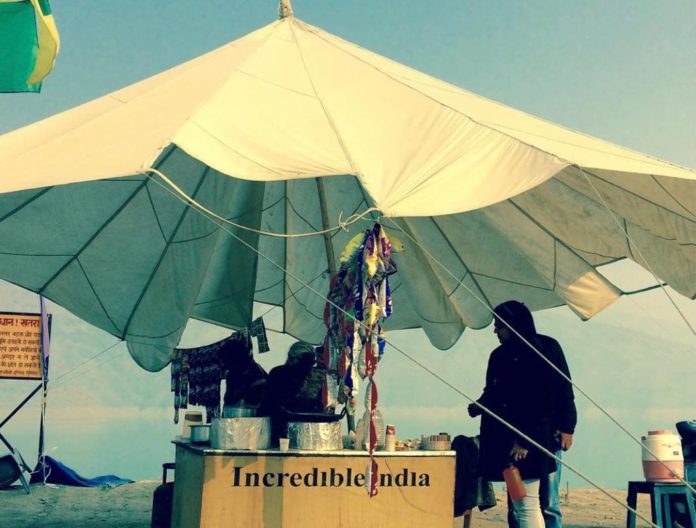The government started the Tehri dam project in 1969. However, it wasn’t until 1990 that the government transferred the project to the Tehri hydro dam Corporation (THDC) for its rehabilitation work. It is the tallest dam in India and the 11th tallest in the world. The dam is 260.5 meters high, with an underground powerhouse with an installed capacity of 600 MW.
Due to the formation of this dam, the Tehri lake formed. This lake led to the submergence of over 24 villages while 88 others were also affected. The town of Tehri was also completely submerged, and the state provided all the villagers’ rehabilitation in a new location. The power gets distributed to these states: Uttarakhand, Punjab, Haryana, Uttar Pradesh, Delhi. It supplies over 250 million gallons of drinking water to Delhi, Uttarakhand and Uttar Pradesh.
The cost of creating this dam is estimated close to 1 Billion US dollars. Thus, it was one of the most extensive and expensive projects undertaken by the government.
The way to rehabilitation
The government of India divided people into fully affected and partially affected categories. They were allotted new land according to this status. Families with over 50% of their land affected came under fully affected. All 5291 families living in Tehri were fully affected and relocated to a new town known as ‘New Tehri’. The 5429 families were fully affected, and 3810 families were partially affected by the Tehri Dam Project.
The rules for rehabilitation
The government worked on the rehabilitation of the town’s people based on specific guidelines:
- The government should relocate the households in blocks so they can remake their social life.
- The affected families will get a choice for their selection of rehabilitation.
- As much as possible, the government should consider the preference of affected families in finding them new land.
- Community facilities should be provided at all-new locations, even if these facilities weren’t available in the previous villages.
- The state should compensate all affected families for property loss, agricultural land, and any financial loss.
Improvements to this rehabilitation plan
- Due to the locals asking for better compensation, a committee got formed in 1996 known as the Hanumantha Rao Committee (HRC).
- According to this committee, the state incorporated extra benefits into the rehabilitation policy.
- A payment of Rs. 33,000, house construction assistance, allotment of shops to previous shop owners and the recognition of the people living upstream of Tehri giving them right over the water.
- House construction assistance of over 2-5 lakhs was provided to fully affected families.
Issues raised with the dam
- Renowned Uttarakhand environmentalist Sunderlal Bahuguna lead the protests against the creation of the Tehri dam. It was anti-human rights to displace such a large population with no proper plan and make thousands of families homeless.
- Along with the human rights violation, environmentalists had a growing concern with the dam’s stability and the fragile ecosystem of the Himalayan region.
- The dam is located over a geological fault which could cause earthquakes of very high magnitudes. Although the dam is said to withstand earthquakes as high as 8.4 magnitudes, an earthquake of 8.5 magnitudes or more isn’t out of the question.
- The breakage of the dam will lead to the submergence of many towns such as Haridwar and Rishikesh. Over a million people could lose their lives if such a catastrophic event occurred.
Today the dam has stood many trials and has even withstood an earthquake of 6.9 magnitudes. It is the most significant source of water and electricity for various towns and cities. It is a popular tourist spot during the summers, and the Tehri Lake festival organised by the Uttarakhand government has significantly increased Uttarakhand’s tourism industry. During the early summer months, people can go and see the tops of old palaces in the town of Tehri. As the water level decreases, various old buildings can be faintly seen. The old Clocktower created during British rule still stands erect after many years underwater and is a great attraction for tourists. Boating, sightseeing and diving are some options for tourists in the area.




